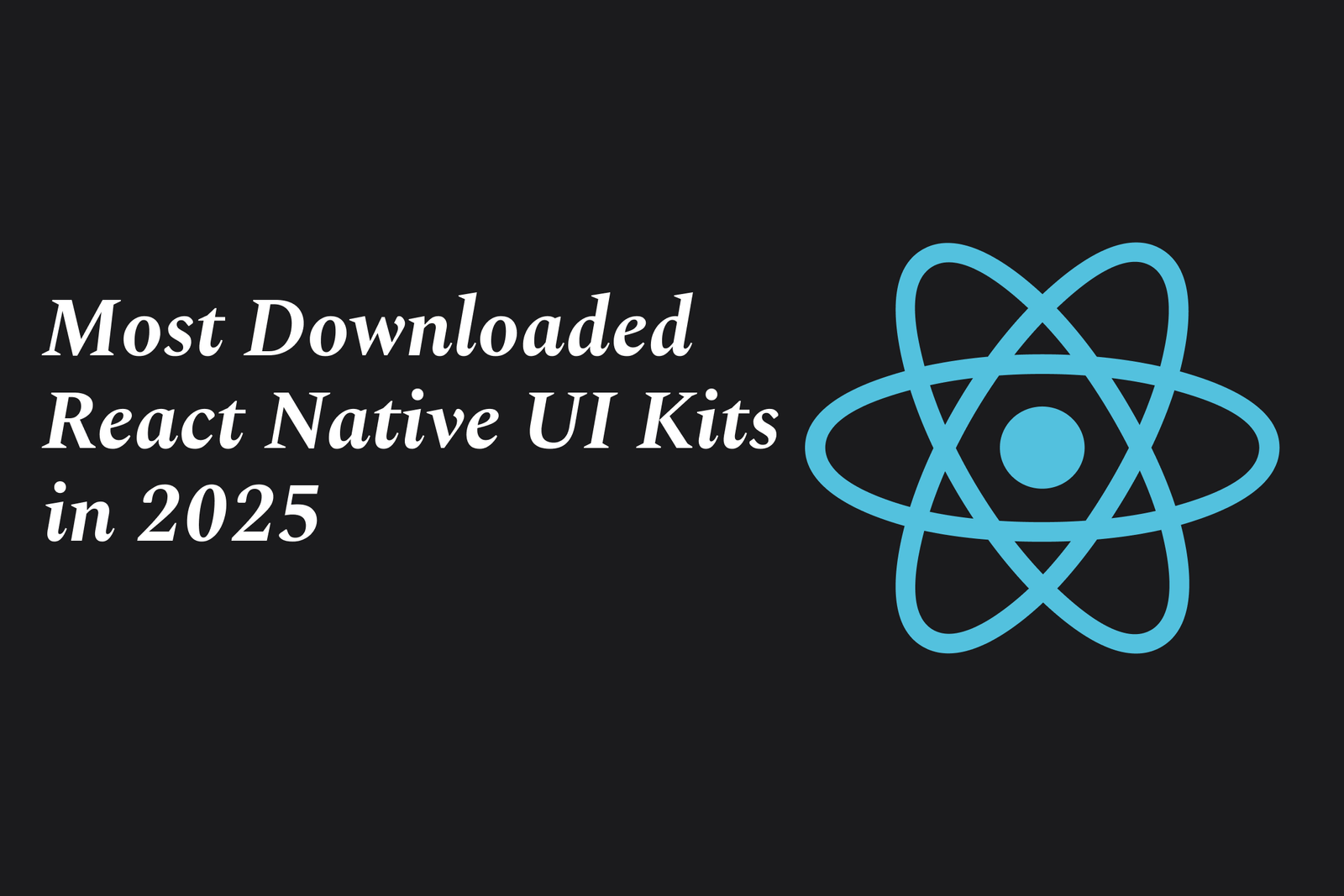React Native?S Latest Animation Libraries Will Blow Your Mind
React Native’s latest animation libraries leverage its new architecture—JSI, Fabric, and TurboModules—to deliver incredibly smooth, high-performance animations. These tools enable developers to create stunning, responsive mobile UI effects that elevate user experience to a whole new level.
Learn MoreReact Native and Firebase: The Perfect Pairing in 2025
In 2025, React Native and Firebase form the perfect pairing by combining React Native’s seamless cross-platform mobile UI development with Firebase’s powerful backend services like real-time database, authentication, and cloud functions, enabling fast, scalable, and feature-rich app creation.
Learn MoreReact Native Performance Hacks Revealed in Latest Update
The latest React Native update reveals key performance hacks, emphasizing optimized component rerendering with memoization, efficient state management, and secure data storage practices to boost app speed and reliability while safeguarding sensitive information.
Learn MoreReact Native and Expo: The Dynamic Duo of Mobile Development
React Native and Expo form a powerful duo for mobile development, enabling developers to build high-quality native apps efficiently. React Native provides the core framework, while Expo simplifies development with ready-to-use tools, libraries, and seamless native integration.
Learn MoreHow React Native is Simplifying Mobile App Maintenance
React Native simplifies mobile app maintenance by enabling developers to use a single JavaScript codebase for both iOS and Android, reducing development time, easing updates, and ensuring consistent performance across platforms—all while lowering costs and speeding up bug fixes.
Learn MoreHow React Native is Making Foldable Phone Apps Easy
React Native simplifies foldable phone app development by enabling adaptive, responsive UIs with shared code across platforms. Its flexible components and powerful libraries help developers easily handle fold states, screen resizing, and device-specific features, accelerating foldable app creation.
Learn MoreReact Native Navigation Trends You Can?T Ignore
React Native navigation trends focus on improving app performance, seamless deep linking, cross-platform consistency, and enhanced animations. Developers balance easy prototyping with Expo Go and advanced custom native modules for richer, smoother user experiences in mobile apps.
Learn MoreMost Downloaded React Native UI Kits in 2025
Most downloaded React Native UI kits in 2025 offer ready-made, customizable components that speed up app development with consistent designs and cross-platform support. Popular kits like Gluestack UI, React Native Elements, and React Native Reusables enhance efficiency and user experience.
Learn MoreFuture of React Native in Enterprise Mobile Development
React Native’s future in enterprise mobile development is bright, driven by enhanced performance from its new architecture, strong cross-platform capabilities, and a growing ecosystem—making it an ideal choice for building efficient, scalable, and seamless apps across iOS, Android, web, and desktop.
Learn MoreReact Native Workshops & Bootcamps in India
React Native workshops and bootcamps in India offer intensive, hands-on training to build cross-platform mobile apps. Ideal for beginners and developers, these programs focus on practical skills, real projects, and career support, helping learners excel in mobile app development quickly.
Learn MoreReact Native?S New Hooks You Didn?T Know You Needed
React Native’s new hooks simplify state and lifecycle management with powerful, easy-to-use APIs like `useFocusEffect` and `useAnimatedStyle`. These hooks enhance performance and code clarity, helping developers build smoother, more responsive mobile apps effortlessly.
Learn MoreAndroid Anti-Theft Feature Improvements
Android’s anti-theft improvements enhance device security with AI-powered theft detection, biometric locks for sensitive settings, automatic offline locking, and a private app space. These features make stolen phones harder to reset, protect user data, and improve overall theft deterrence.
Learn MoreAndroid Background Process Optimizations
Android background process optimizations involve managing apps’ background tasks efficiently to save battery and improve performance. They use system tools like WorkManager and Foreground Services while adapting to OS limits and device-specific battery restrictions for smooth, reliable operation.
Learn MoreAndroid SDK Tool Updates
Android SDK tool updates refer to the regular improvements and additions to the software development kit’s components, including build tools, platform tools, and libraries, enabling developers to build, test, and debug Android apps with the latest features and fixes.
Learn MoreAndroid New Device Form Factors News
Android is evolving to support new device form factors like foldables, tablets, Chromebooks, cars, and XR. Google promotes adaptive apps that seamlessly adjust across devices, enhancing user experience and expanding reach in a diverse, multi-screen ecosystem.
Learn MoreAndroid System Permissions Overview
Android system permissions regulate app access to device features and data, ensuring user privacy and security. They require explicit user approval—especially for sensitive info—helping control what apps can do, and allowing users to manage permissions anytime through device settings.
Learn MoreAndroid App Localization Trends
Android app localization trends focus on AI-powered workflows, cultural adaptation, and early integration in design to enhance user experience globally. Emphasis is on seamless translations, regional nuances, and localized app store content to boost reach and engagement.
Learn MoreAndroid New API Releases
Android's new API releases now include two SDK updates annually: a major release with new APIs and behavior changes in Q2, and a minor release in Q4 with feature enhancements but no app-impacting changes, enabling faster innovation and improved app compatibility.
Learn MoreAndroid Device Certification Updates
Android device certification updates ensure devices meet Google’s security, compatibility, and performance standards, enabling safe access to Google apps and Play Store. These updates help maintain device security, app functionality, and support for the latest Android OS versions.
Learn MoreAndroid Touch Gesture Enhancements
Android touch gesture enhancements improve user interaction by enabling intuitive controls like multi-finger swipes, pinches, and taps for navigation, zooming, and editing. These upgrades optimize responsiveness and usability across apps and touch-enabled devices.
Learn MoreAndroid Launch Event Announcements
Android launch event announcements showcase Google's latest updates and innovations for the Android platform, highlighting new features, developer tools, and enhanced user experiences through keynote presentations and product reveals.
Learn More



















